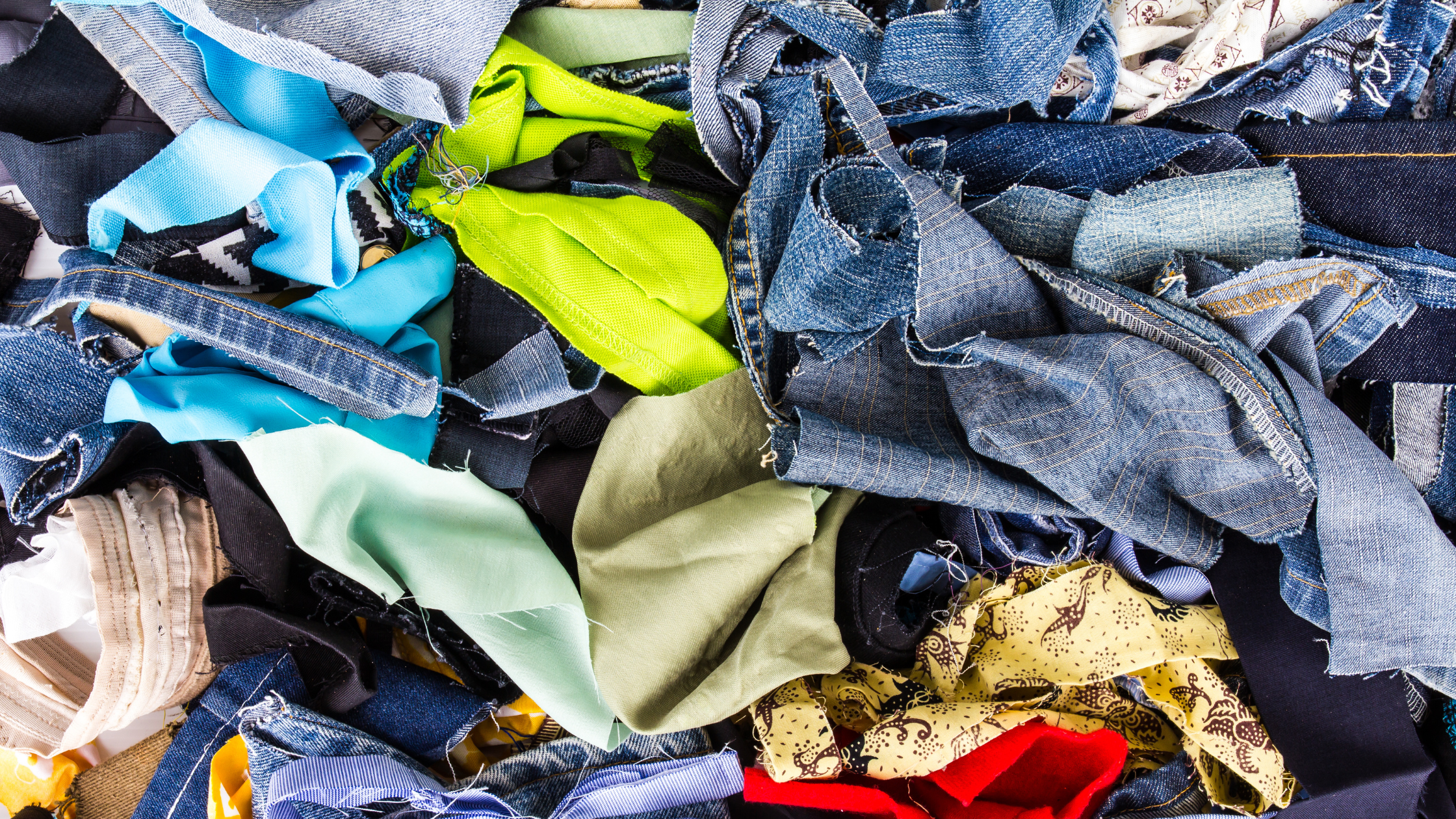We welcome you to the new article of the Shenty Blog, today we are going to address a topic as important as it is snubbed: recycling in the fashion sector.
DATA AND STATISTICS
To declare itself a "sustainable" clothing brand, it is not enough to produce garments with ecological natural fibers. The use of recycled fabrics today represents a choice of vital importance, but let's find out why.
Compared to the past, the average life of use of an item of clothing has decreased by about 70% , mainly caused by the rise of Fast Fashion and its sales psychology, which aims to generate in people the feeling that the products purchased are " disposable " . Be honest, how many times has it happened to you to buy a trendy garment, enticed by a highly attractive price, wear it just a couple of times and then leave it in the closet and finally throw it to make room for new clothes? The definitive answer is that this has happened to everyone, just think that according to the statistics, every second that passes is thrown the equivalent of a truck of clothes in the world .
Unfortunately, most of the times discarded clothes = burnt clothes and their incineration involves not only pollution caused by the production of CO2 and toxic substances, but also the end of their life . All these garments could be worthy of a new life, through recycling, thanks to which they could be transformed into new clothes or other. The bewilderment and fear grow when it becomes known that today only 1% of the garments thrown away is subjected to a recycling process.
PROBLEMS AND POSSIBLE SOLUTIONS
Unfortunately, the problems related to the recycling of clothing do not end there. Another big problem is represented by the fact that often the clothes are made of mixed fibers which are extremely complex and expensive to separate . A 100% polyester garment will always be easier to recycle than a garment made of a cotton and polyester blend. Another problem concerns the 100% cotton garments that cannot be recycled without adding additional virgin cotton fiber , today it is almost impossible to find items made of 100% recycled cotton. As we can see, recycling practices are extremely complex, and this also leads to an increase in the price of the final product when it can be defined as recycled, often distancing the average consumer from their purchase.
However, we must face these problems by trying to find fairly immediate solutions , which can begin to bear fruit right away, let's see them together:
1) Selling and buying used clothes : fortunately in the last year the second-hand clothing market has grown exponentially. People are gradually getting used to buying clothes previously worn by others. All this is absolutely positive as it drastically reduces the percentage of items thrown away and gives them a second life, as well as a second property.
2) Buy clothing from sustainable brands: sustainable brands spend hours and hours of their time looking for solutions to this problem. Not only do they offer articles made of recycled materials, but generally all their products adopt a "timeless" style and design, which allows them to never go out of fashion, resist trends, guaranteeing more time of use and therefore of life. Therefore, fully embracing the ethics of Slow fashion is one of the possible solutions.
3) Change your mentality : this is certainly the mother problem and it is what requires the most effort from all of us. We need to drastically change our purchasing habits, abandoning the mentality of extreme consumerism as much as possible. Buy clothing only when we really need it, do not let yourself be taken by the satisfaction of a whim, or even worse by compulsive shopping.
These are only 3 of the possible short-term solutions, which each of us can and must put into practice, but all of this would be useless if the institutions did not start to do their part . The financing of new research projects that can lead to new technologies for the separation of textile fibers , is of fundamental importance, especially to lead to a cheaper recycling process of clothes , consequently lowering the final price of the products.
RECYCLED MATERIALS
Shenty offers several items from its catalog made through the use of recycled materials, all strictly certified by the GRS . The latter is a textile certification issued by the Textile Exchange , a non-profit organization, which is responsible for spreading the theme of recycling in the fashion sector:
- Recycled polyester (Rpet) : Made through the recycling of plastic bottles, Rpet fibers generate about 54% less CO2 emissions. They are not natural and biodegradable but can be easily mixed with organic cotton to give rise to extremely ductile garments that can be used in any season of the year. However, the creation of a mixed fiber will make future recycling more difficult, which is why Shenty reserves this mix of organic cotton and recycled polyester only for its basic garments, able to withstand fashions and the passage of time.
- Recycled cotton : as previously announced, it is extremely difficult to make garments in 100% recycled cotton. Shenty uses it in combo with virgin organic cotton, making a t-shirt consisting of: 50% virgin organic cotton, and 50% recycled organic cotton. The origin of the latter derives from the leftovers of fabric generated by the cuts for the creation of the garments.
We've come to the end of this Shenty Blog article , thank you for coming this far and reading this important information about recycling in the fashion industry. We therefore give you an appointment next week , for a new blog article.
